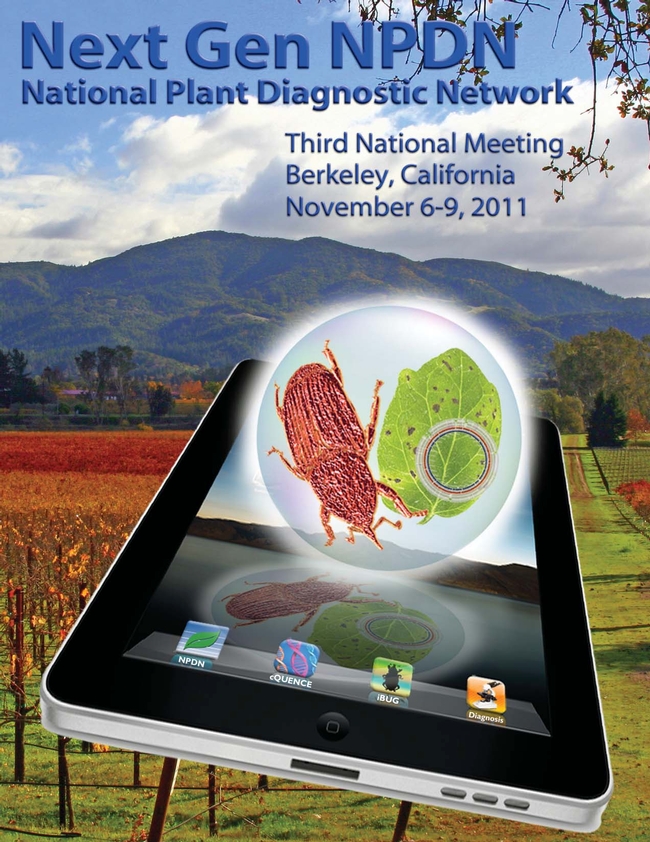Plant pests and diseases that threaten U.S. agriculture and food security is the topic that will bring together more than 180 scientists, diagnosticians and regulatory officials at a conference Nov. 6-9 in Berkeley.

“This conference is really looking at contemporary and cutting-edge approaches for the detection and diagnosis of plant health problems,” said Richard Bostock, UC Davis professor and plant pathologist and National Plant Diagnostic Network executive director. “With our network, we’re also helping train the next generation of plant diagnosticians and plant health professionals.”
Symposia, workshops and field trips will focus on new and emerging plant pathogens and pests, including citrus greening, thousand cankers disease, light brown apple moth, European grapevine moth and others. Presentations will address state-of-the-art methods for detection and diagnosis.
Karen Ross, secretary of the California Department of Food and Agriculture, is a conference keynote speaker.
Conference tours will provide participants with a closer look at plant health issues affecting walnut orchards, oak trees, vineyards, ornamental plants and redwoods. Tours will also examine the inspection station at the Port of Oakland and CDFA’s plant diagnostic laboratory.
The National Plant Diagnostic Network focuses on the early detection, accurate diagnosis and rapid communications needed to help mitigate the impact of endemic, emerging and exotic pathogens and pests that attack agricultural, forest and landscape plants in the U.S.
“Never before has there been such a cohesive integration of the various agencies and laboratories that deal with these problems,” Bostock said. “If a new pest or disease appears in the U.S., we have labs that are ready and trained to attack the problem. We can provide surge capacity to process tens of thousands of samples.”
The network provides resources for diagnostic laboratories and diagnostician training, develops and delivers educational programs that reach thousands of individuals who are in positions to be the first detectors of a plant disease or pest outbreak, and establishes and practices communication procedures to alert those who need to know when an outbreak occurs.
In 2002, UC Davis was identified as one of six lead institutions for the new network, and Bostock was named head of its western region, which includes 10 western states and the U.S. territories in the Pacific. The network receives funding from the USDA National Institute of Food and Agriculture.
###
MEDIA CONTACT:
Richard Bostock, (530) 752-0308, rmbostock@ucdavis.edu